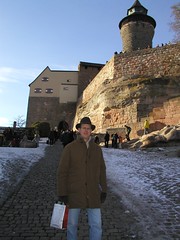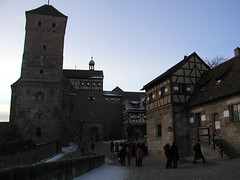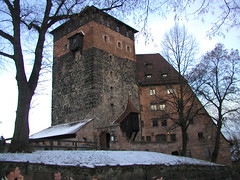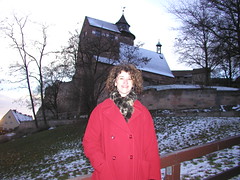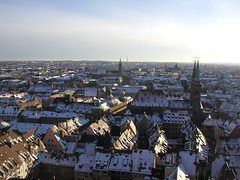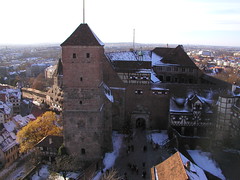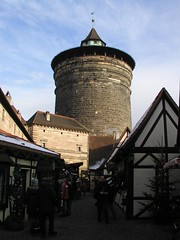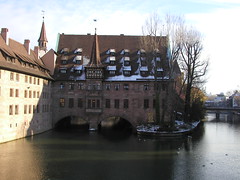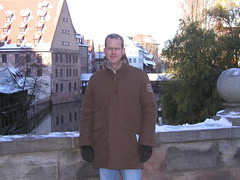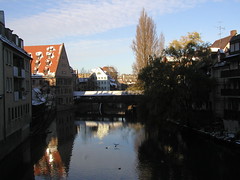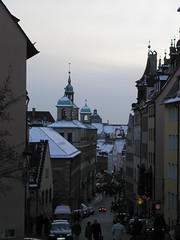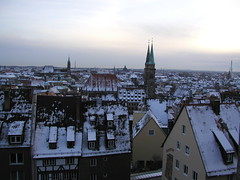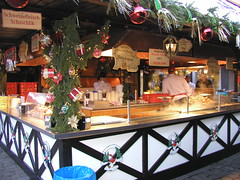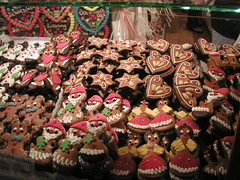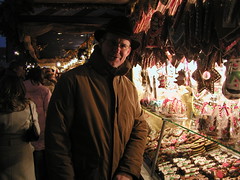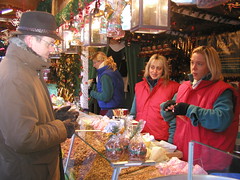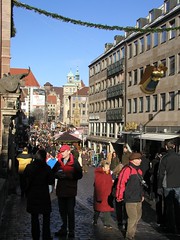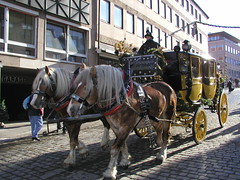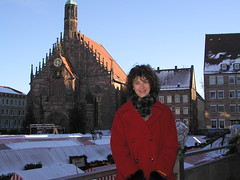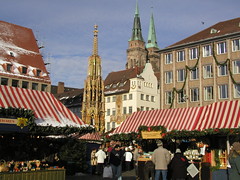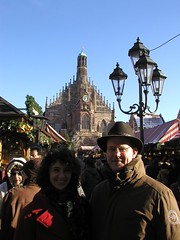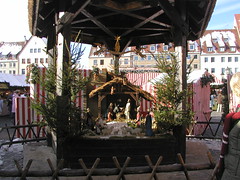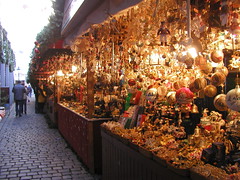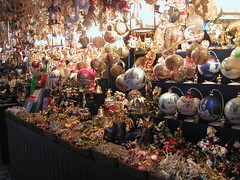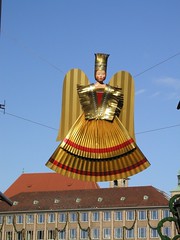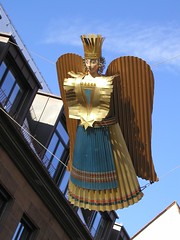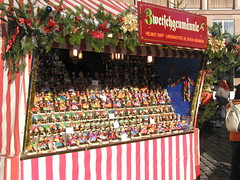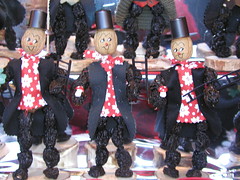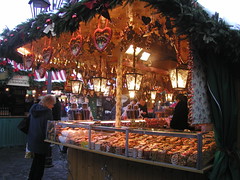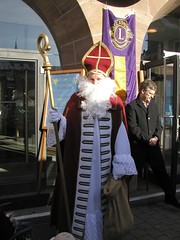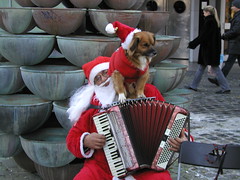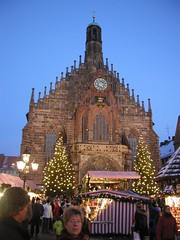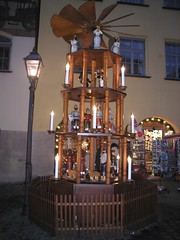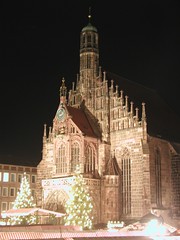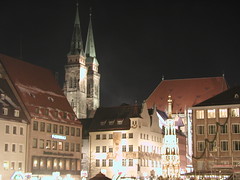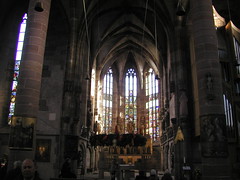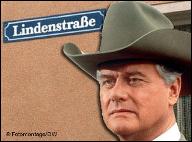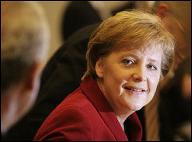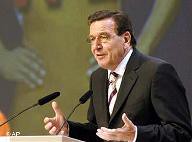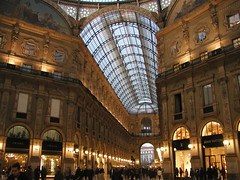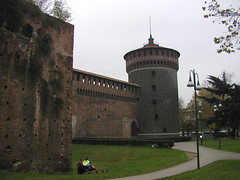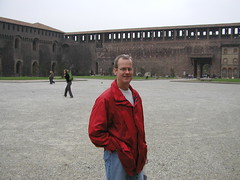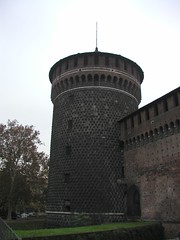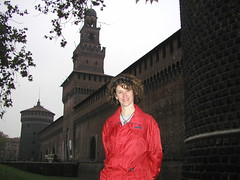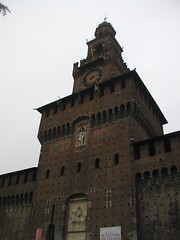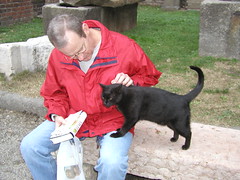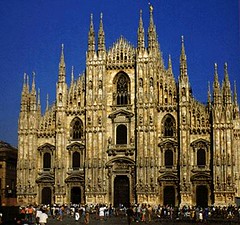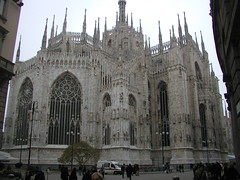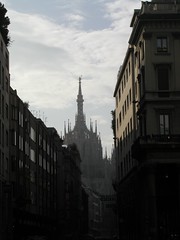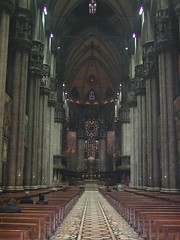On the Friday before the first Sunday of Advent (which is today), the Christmas event known as “Christkindle's Markt" or "Christkindchesmarkt" officially opens in many cities and towns all across Germany.
Now, we are planning to go to several Christmas markets over the next few weeks, so I’ll be able to check the concept out for myself. Still, I am not sure I exactly know what the Christmas markets are and what I should expect to see?
First, a little history and background (hey, I gotta arm myself on what these babies are all about!)
These pre-Christmas Markets can be traced back to the middle of the 15th Century. They began as one of many markets that were held throughout the year but it was the Christmas Market that was traditionally the place to go to buy all the things needed for the Christmas celebration. People purchased things like moulds and cutters for baking, candles, Christmas decorations, cookies, sweets, pastries and toys for children.
Over time, Christmas Markets in different cities developed in their own characteristic ways. Each market had slightly different features and was known for different specialties. Today, Aachen's market is known for its famous gingerbread "Aachener Printen" while the Christmas Markets in the East German region, the "Erzgebirge", are known for their wooden arts and crafts. Dresden's Christmas Market, called the "Striezelmarkt", is considered Germany's oldest Christmas Market starting in around 1434. Germany's oldest Christmas Markets include places like Nuremberg, Augsburg, Bad Wimpfen, Frankfurt, Rothenburg, Lübeck, Regensburg and Stuttgart…just to name a few.
So, what can I expect to see in today’s Christmas market? Food, for one thing: roasted chestnuts, gingerbread, cinnamon, sweet almonds and mulled wine. Decorated wooden stalls, Christmas balls, angels and other Christmas decorations of different types are set up usually around the main church or the market square of a city, offering typical treats, craftwork, Christmas tree ornaments, glass-blowers and wooden toys. Sometimes there are carolers, Christmas concerts, Nativity scenes, and even a visit from Santa Clause are a part of the mix.
Typically, the markets last for about four weeks, with the main markets drawing large crowds of visitors every year. Berlin's market at the Memorial Church attracts the most visitors with about 4 million every year. Others like Nuremberg, Stuttgart, Munich, Dresden, Cologne and Frankfurt are also visited by millions every Christmas season.
OK, now that we know how these markets came to be, what goes on, and generally where they are located, Buddy and I have decided that the first Christmas Market on our list is in Nuremberg (most famous for the site of the post WWII trials).
My reading tells me that Nuremberg's market is famous for its gingerbread, gold foil angels and prune men. Prune men? Some things I guess one just has to see in person.
